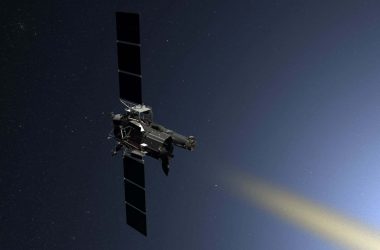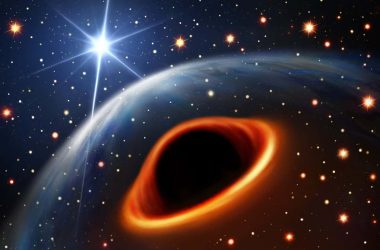About the Orionids Meteor Shower
The Orionid meteor shower, which started on 2 October and will finish on 7 November, will reach its peak on the night of 21 October. The brightest meteors can be seen in the early hours of the morning. This annual meteor shower is one of the most reliably active and can be observed worldwide. With clear skies, viewers can expect to see around 20 meteors an hour, as long as they can locate the Orion constellation.
What are Meteor Showers?
Meteor showers occur when debris enters Earth’s atmosphere and heats up, producing flashes of light. These flashes happen randomly, but when Earth passes through a cloud of debris from a comet, a greater number of meteors can be seen over several days or weeks.
The Connection to Halley’s Comet
The Orionids get their name from the fact that they appear to originate from the Orion constellation. However, these meteors are actually pieces of debris from Halley’s comet, which visits Earth’s vicinity approximately every 75 years. Although seeing the comet itself is rare, Earth passes through its debris field annually, resulting in the Orionid meteor shower.
Tips for Observing the Orionids
- Check the weather forecast for clear skies.
- Find a location with minimal light pollution.
- Avoid using artificial light so your eyes can adjust to the darkness.
- The peak rate of meteors is expected after midnight and before dawn.
- Look towards the Orion constellation, as the meteors will appear to radiate from there.
- Meteors will only last a few seconds and will move across the sky quickly, unlike satellites.
Locating the Orion Constellation
The Orion constellation is easily identifiable due to its bright stars and its position along Earth’s equator, making it visible from various parts of the world throughout the year. In the northern hemisphere, Orion is most prominent between January and March.
The three stars in Orion’s belt, Alnitak, Alnilam, and Mintaka, form a straight line. Other bright stars in Orion include Rigel and Betelgeuse.
About Halley’s Comet
Halley’s comet is a 15-kilometer wide ball of dust and ice that passes by Earth approximately every 75 years. It is classified as a short-period comet with an orbit around the sun that takes less than 200 years. The comet was last visible in February 1986 and is expected to return in July 2061. Scientists believe that comets like Halley’s originated in the Oort cloud, located in the far reaches of the solar system, and were pulled towards the center by the gravitational forces of the sun and planets.








